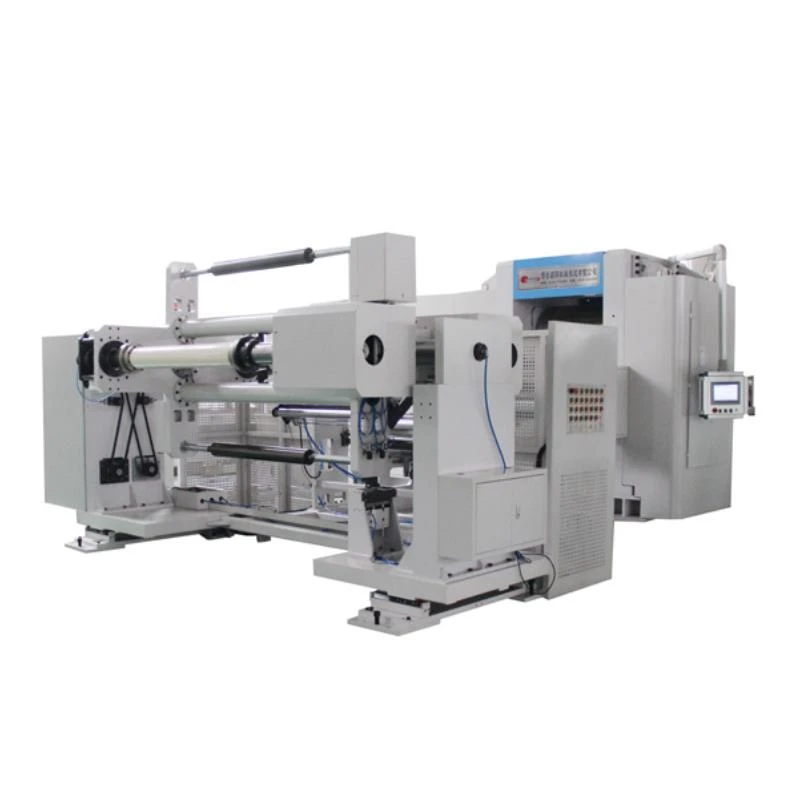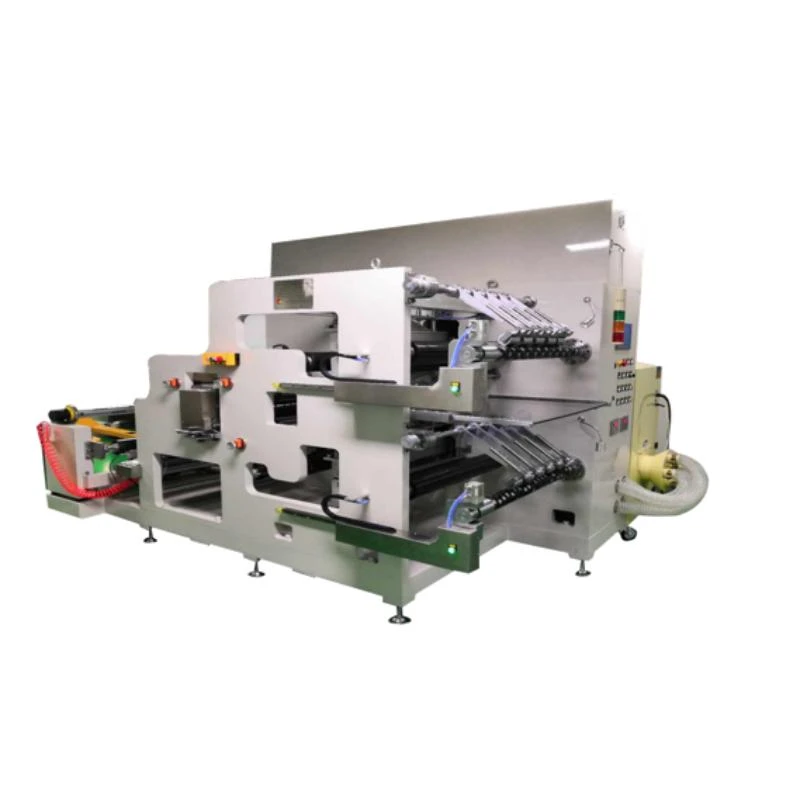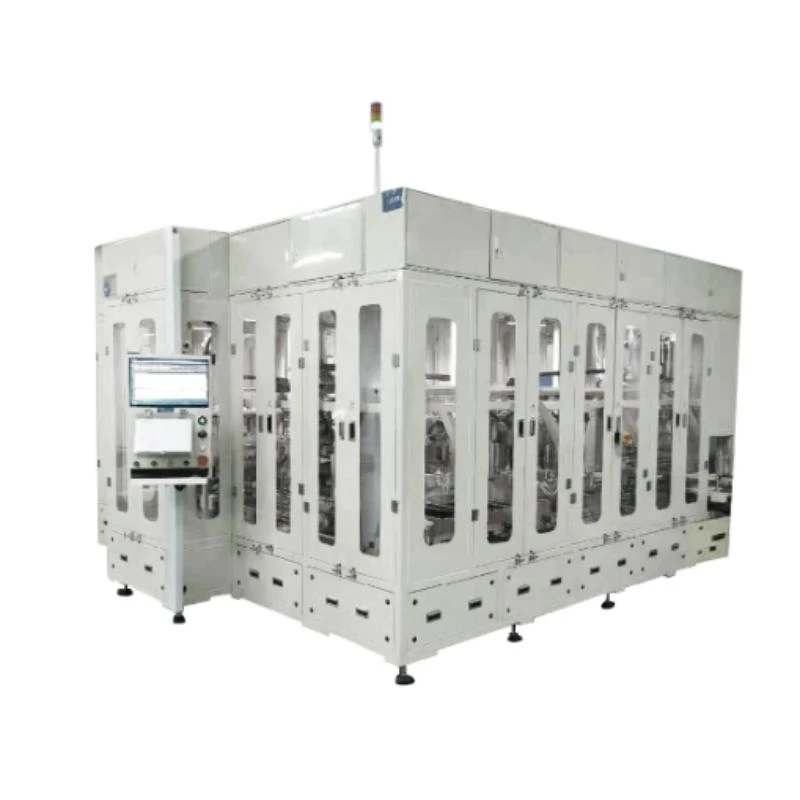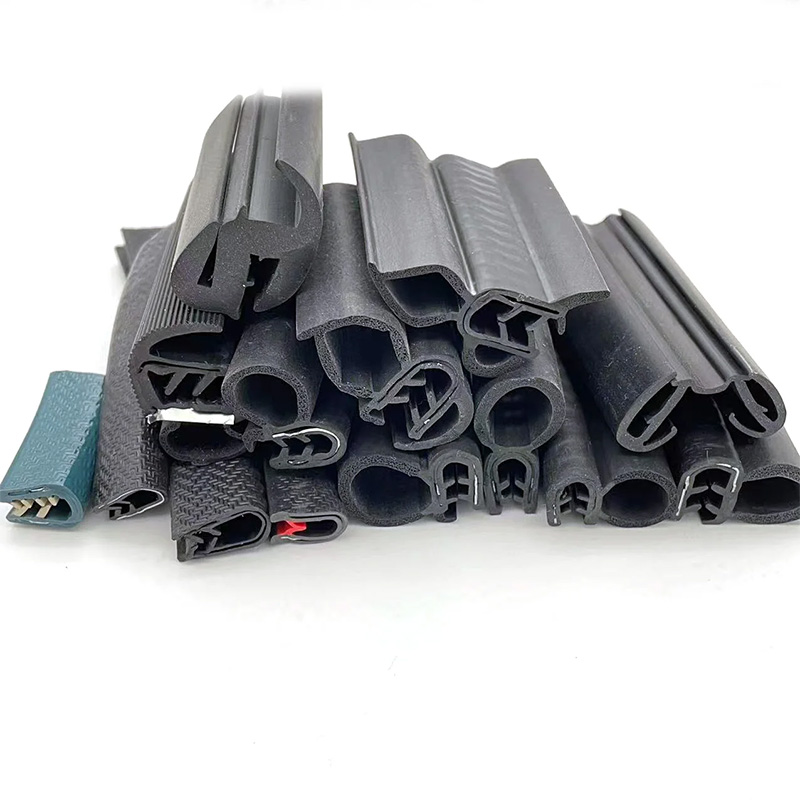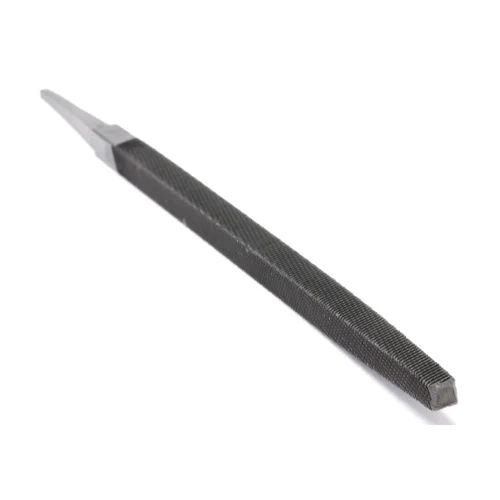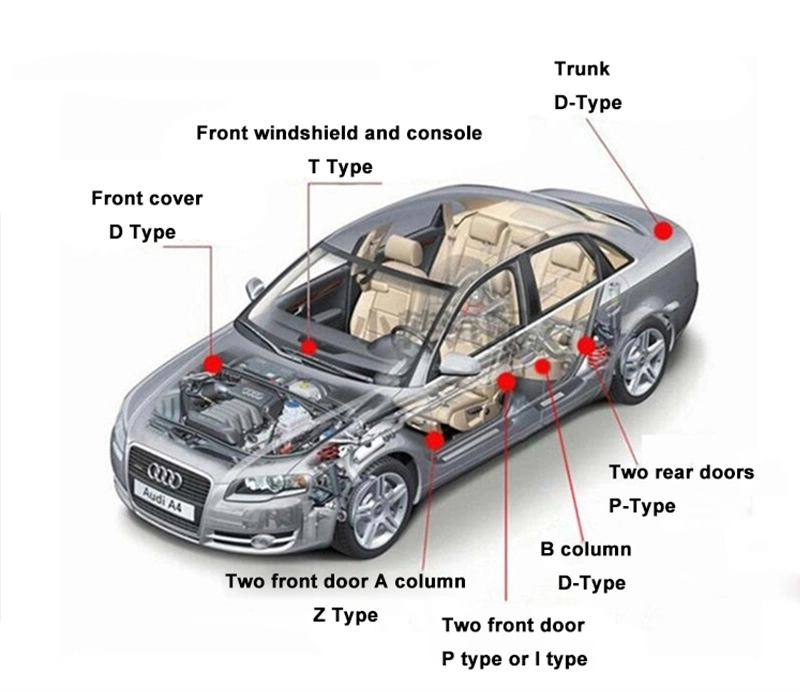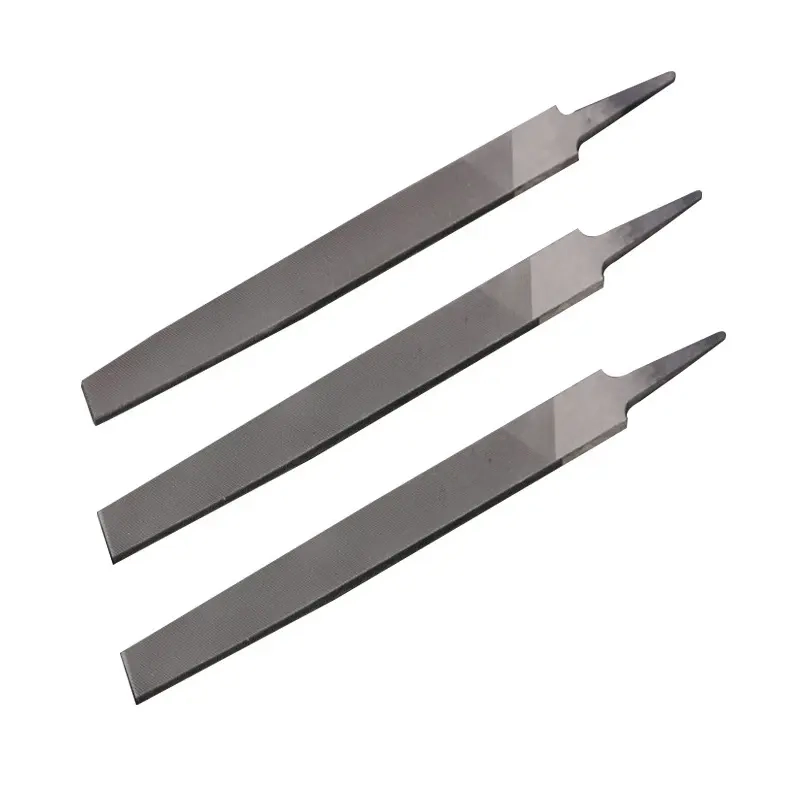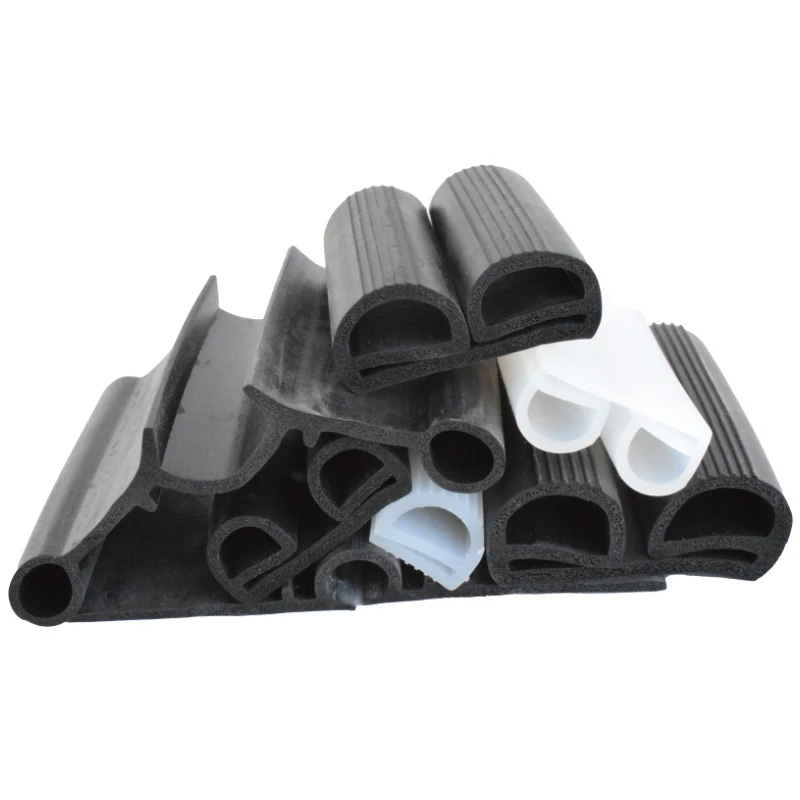High-Quality Rolling Roller Solutions from Leading Roller Manufacturer
1. Rolling Roller Industry Trends & Demands
With the accelerating growth of the lithium battery and new energy industries, the demand for high-precision rolling roller (also known as roller or roll) is rising globally. Manufacturers and roll suppliers continuously innovate materials and manufacturing processes to meet increasing requirements in wear resistance, surface finish, precision tolerances, and service life.
According to GMI 2023 Report, the industrial roller market is expected to hit USD 3.6 billion by 2030, driven by fields such as lithium battery production, metallurgy, petrochemical, and water supply industries.
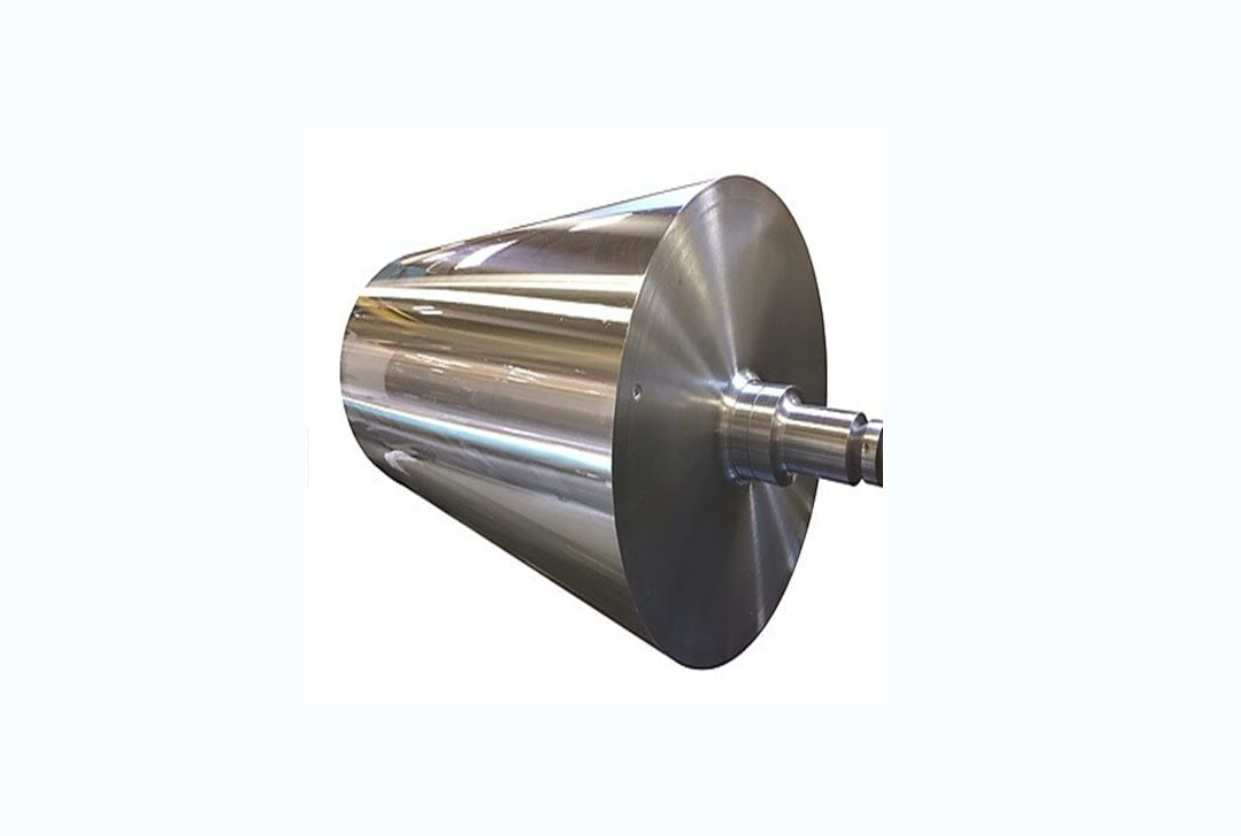
2. Rolling Roller Technology Parameters & Specification Table
As a leading roller manufacturer, XT ShuoDing offers specialized solutions for lithium battery production lines, optimizing core parameters such as material, hardness, concentricity, surface roughness, and coating technology.
| Model | Roller Diameter (mm) | Roller Length (mm) | Material | Surface Hardness (HRC) | Concentricity (mm) | Surface Roughness (Ra µm) | Coating | Application |
|---|---|---|---|---|---|---|---|---|
| SD-LB-165/1000 | 165 | 1000 | 42CrMo + Hard Chrome | 62-65 | ≤0.005 | ≤0.2 | Cr/Carbide | Lithium Battery Foil Rolling |
| SD-LB-145/850 | 145 | 850 | 60Si2Mn | 60-63 | ≤0.007 | ≤0.3 | TiN | Non-ferrous Rolling |
| SD-LB-120/600 | 120 | 600 | Forged Steel | 58-62 | ≤0.008 | ≤0.4 | Nitriding | Petrochemical |
| SD-LB-175/1200 | 175 | 1200 | 40Cr + Ni | 64-66 | ≤0.006 | ≤0.15 | Ceramic | Battery Tab Rolling |

3. Technical Trends: Rolling Roller Parameters Visualization
Industry data shows a continuous improvement in rolling roller quality, driven by stricter requirements from battery and new energy sectors for surface finish and dimensional precision.
4. Rolling Roller Manufacturing Process Flow
Rolling roller manufacturing integrates multiple key processes, ensuring each component achieves optimum mechanical properties, durability, and surface accuracy. Industry-leading roller manufacturers adhere strictly to ISO 9001 and ANSI standards.
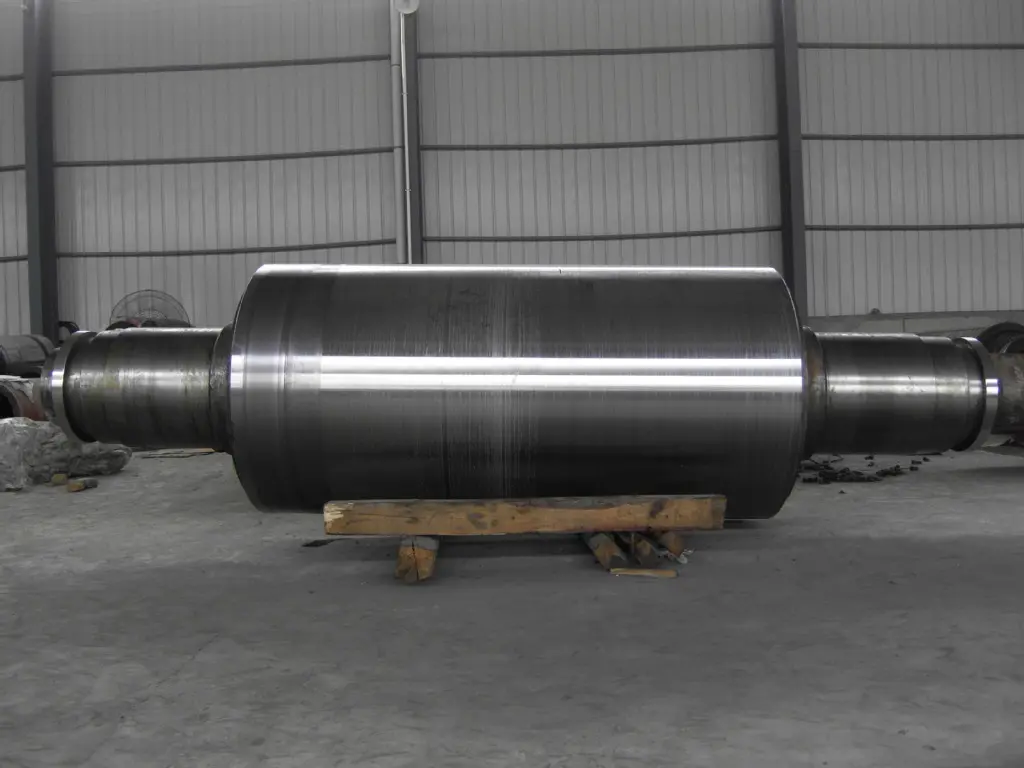
- Material Selection: 42CrMo, 60Si2Mn, alloyed steel, and ceramic composites are commonly used for their high tensile strength and wear resistance.
- CNC Machining: Offers sub-millimeter precision, ensuring roller concentricity ≤0.005mm, in compliance with ISO/ANSI standards.
- Surface Coating: Advanced Cr, TiN, and ceramic coatings enhance corrosion resistance and extend service life up to 8–12 years.
- Inspection & Testing: Each rolling roller undergoes NDT (non-destructive testing), hardness testing, and geometric accuracy inspection per ISO 4287 and ANSI B18.3.
5. Technical Advantages & Typical Application Cases
- High Precision: Micron-level manufacturing ( surface roughness), critical for lithium battery electrode foil production.
- Durability: Service life 30–40% greater than standard rollers due to enhanced metallurgy and expert heat treatment.
- Corrosion Resistance: Ideal for harsh chemical and humid environments (e.g., petrochemical and waste water handling industries), enabling smooth operation with reduced downtime.
- Energy Efficiency: Advanced surface finishes and material optimization contribute to 7–10% energy savings in continuous rolling production lines.
- Wide Applicability: Employed in metallurgy, new energy, lithium battery, petrochemical, and water supply sectors worldwide.
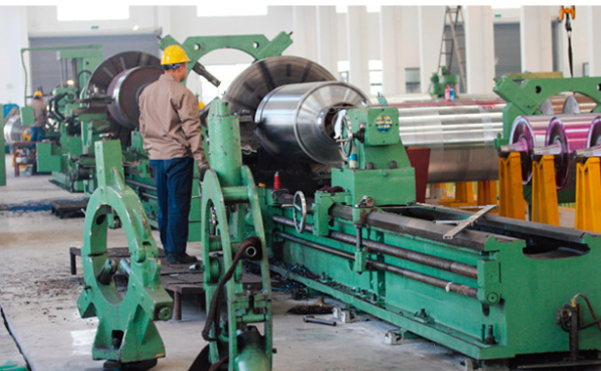
Application Case:
In 2023, a major lithium battery manufacturer in China upgraded to XT ShuoDing’s rolling roller on their high-speed electrode calendaring line, achieving a 18% reduction in roller maintenance frequency, 11% higher electrode uniformity, and significant energy savings compared to their previous supplier.
6. Manufacturer vs Supplier Comparison
| Supplier | Certification | Main Material | Delivery Cycle |
|---|---|---|---|
| XT ShuoDing (China) | ISO 9001, ANSI, SGS | 42CrMo, 60Si2Mn | 20-35 days |
| Union Electric Åkers (US/EU) | ISO 14001 | Alloy Steel | 30-50 days |
| Hitachi Metals (Japan) | JIS, ISO, CE | Special Steel, Ceramic | 40-60 days |
| ForgedRolls Co. (India) | ISO 9001 | Forged Steel | 25-45 days |
| Factor | XT ShuoDing | Other Average |
|---|---|---|
| Surface Hardness (HRC) | 62-66 | 58-62 |
| Coating Life (Years) | 8-12 | 5-8 |
| Concentricity (mm) | ≤0.005 | 0.008–0.012 |
| Service Response | <2 hours | 8–48 hours |
| Customization | Yes | Limited |
Certified and reputed roll suppliers, such as XT ShuoDing, provide customized, industry-certified rolling roller solutions, outperforming average suppliers in durability, delivery cycle, and post-sales support.
7. Main Technical Index Visualization
8. Customization & Delivery Service
Leading roller manufacturers like XT ShuoDing provide complete end-to-end customization solutions, covering dimension, surface coating (Cr, TiN, nano-ceramics), installation holes, and application-specific hardness adjustment.
- Design Consultation: Provide operation conditions (load, environment, line speed), our engineers deliver optimal rolling roller design within 24h.
- Lead Time: Standard delivery: 20–35 calendar days, confirmed at contract signing.
- Warranty: All rolling roller supplied with 12–24 months warranty, with on-site support available across Asia/EU/US.
- Certification: Products comply with ISO 4287, ANSI B18.3, and environmental standards (RoHS/SGS/FDA food grade for dedicated solutions).
- Customer Feedback: Over 98.6% positive reviews on roller precision and service lifetime (XT ShuoDing 2023 customer survey; full report available upon request).
10. Conclusion & Authoritative References
The evolution of rolling roller technology reflects a convergence towards higher precision, longer service life, and better environmental compliance. Advanced materials, stringent inspection, and smart process control are becoming new industry standards for all leading roll suppliers and roller manufacturers.
For more technical details or to customize your own rolling roller solution, please Contact XT ShuoDing
- Global Market Insights: Roller Market Size, Share & Industry Analysis (2023-2030)
- IOPscience: Research of Metal Rolling Roller Life and Surface Roughness
- ISO 4287: Geometrical Product Specifications (GPS) – Surface Texture
- ANSI Standards: B18.3 – Dimensional and Mechanical Properties of Industrial Products
- Primetals Forum: Rolling Roller Technology and Market Discussion 2023
Share
-
Lithium Battery Welding Machine | High-Precision, Fast, SafeNewsNov.17,2025
-
Aluminium Guide Roller | Anodized, Lightweight, Low-NoiseNewsNov.17,2025
-
Tofu Cat Litter Bulk – Eco, Low-Dust, Fast Clumping SupplyNewsNov.17,2025
-
Equipment for Lithium Cell Assembly | Automated & PreciseNewsNov.10,2025
-
Square File Tool – Precision Cut, Hardened Steel, VersatileNewsNov.10,2025
-
Lithium Ion Battery Assembly Machine | Automated, High-SpeedNewsNov.10,2025
